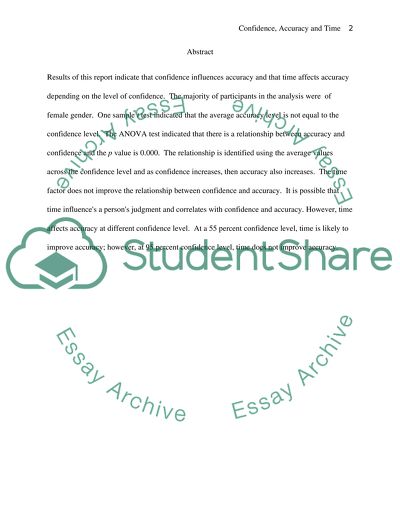Cite this document
(“Correlations Between Factors of Confidence, Accuracy and Time Essay”, n.d.)
Retrieved de https://studentshare.org/psychology/1391309-correlations-between-factors-of-confidence-accuracy-and-time
Retrieved de https://studentshare.org/psychology/1391309-correlations-between-factors-of-confidence-accuracy-and-time
(Correlations Between Factors of Confidence, Accuracy and Time Essay)
https://studentshare.org/psychology/1391309-correlations-between-factors-of-confidence-accuracy-and-time.
https://studentshare.org/psychology/1391309-correlations-between-factors-of-confidence-accuracy-and-time.
“Correlations Between Factors of Confidence, Accuracy and Time Essay”, n.d. https://studentshare.org/psychology/1391309-correlations-between-factors-of-confidence-accuracy-and-time.


